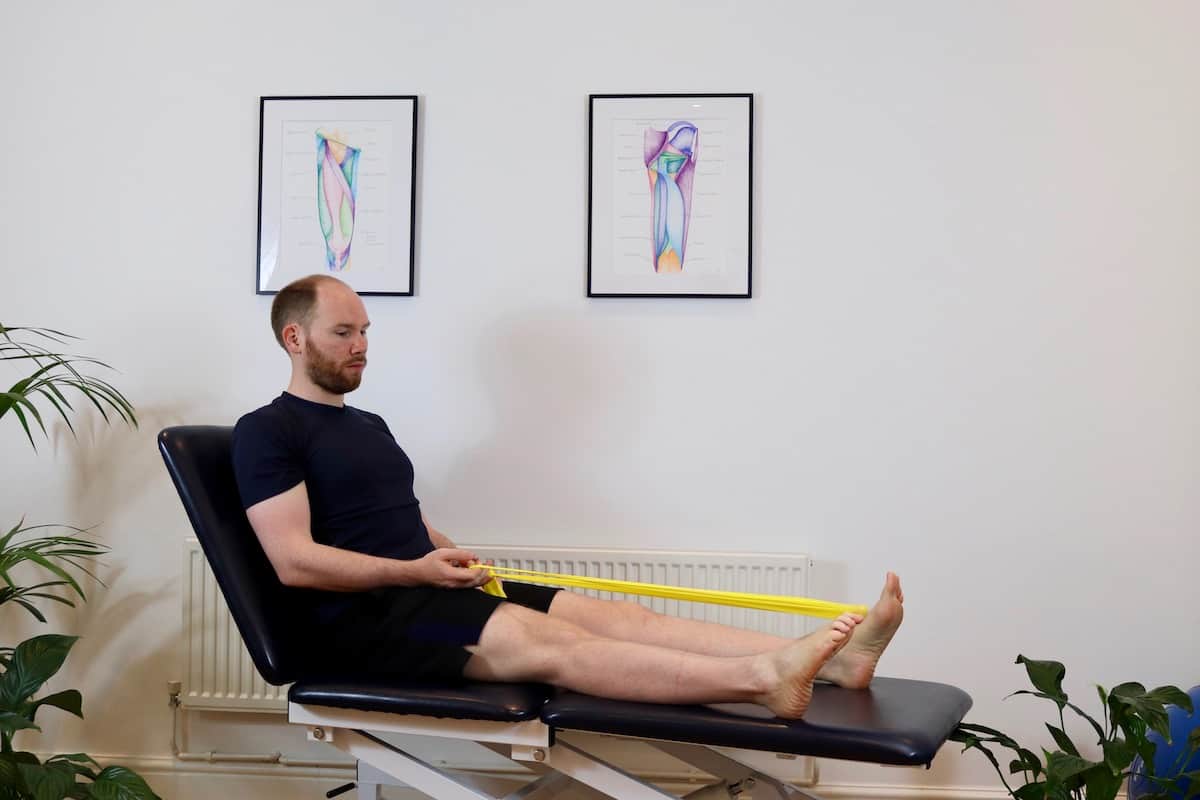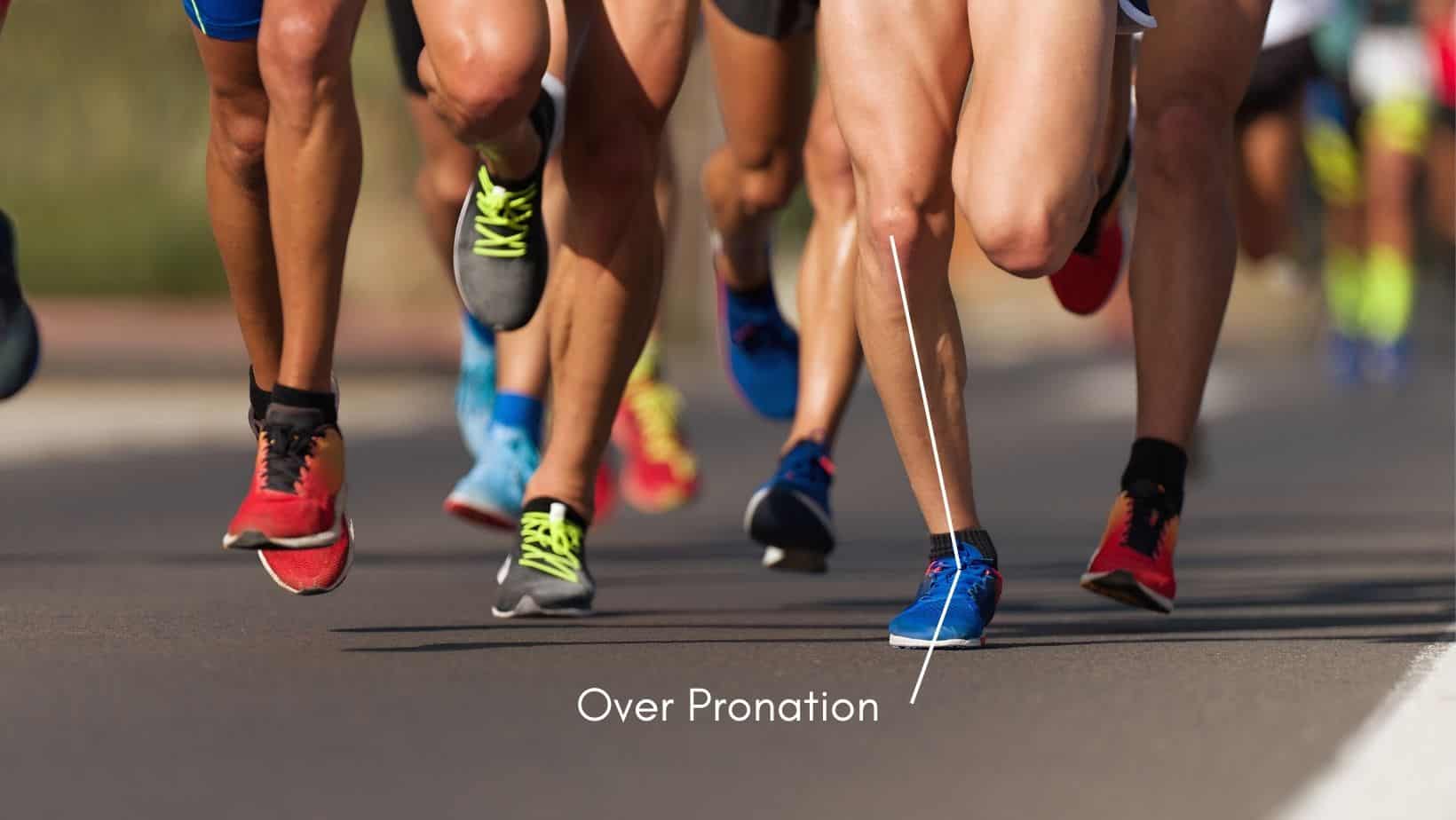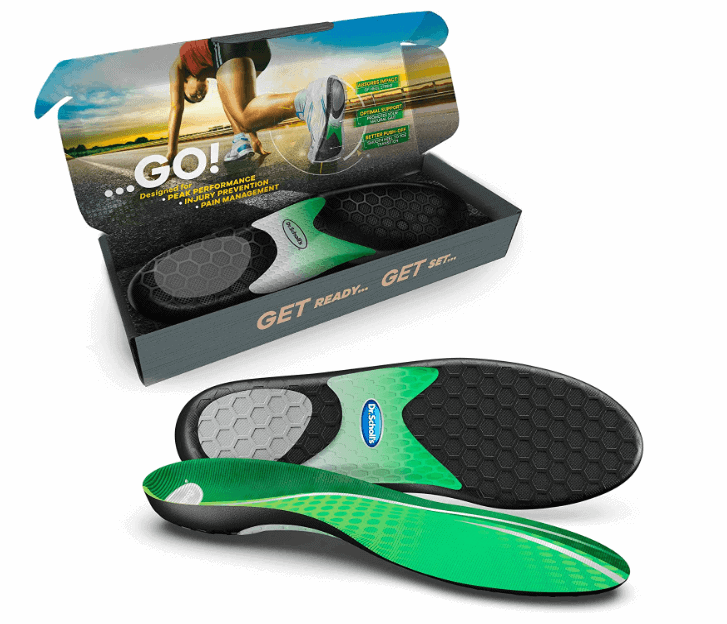Toe Spacers (Toe Separators)
Read More >
A Hammer toe results in a change of position of the PIP joint of the toe; this most commonly occurs in the second toe, especially in those that are longer than the big toe, but it can occur in the 3-5th toes.
Some genetic factors, such as your foot shape, can increase your likelihood of developing a bunion toe, but there are still some steps you can take to reduce your risk or slow down the speed of onset.
This article will look at 4 steps you can take to prevent a hammer toe.

For most of us, our feet finish growing between the age of 16-21 years and whatever size foot we have at that stage; we keep that in mind for the rest of our life. However, this is a crucial mistake as our body weight, ligament laxity, previous ankle injuries, or pregnancy can alter our foot length and width. In some cases, people have one foot longer than the other.
Tight-fitting shoes are one of the leading causes of a Hammer Toe so having the correct size is imperative. We recommend measuring your foot length and width every 2-3 years. If one foot is longer or wider than the other, purchase the shoe size to accommodate the largest one. Keep in mind that different brands fit differently despite both saying they are the same size. It is also possible to get different shoe widths, which appear to be becoming more commercially available.
Another primary cause of a Hammer Toe is muscular imbalances in the foot and ankle. Tight flexor muscles can pull on the toe and encourage it to bend.
Regular foot and ankle stretching alongside intrinsic foot strengthening exercises are vital to preventing a hammer toe. Stretches should be carried out 2-3 times daily for 45 seconds, while strengthening exercises are only 2-3 times weekly.
We have written some articles on exercises for hammer toes, but it is essential to speak to a foot specialist before commencing them.


When we walk and run, we use our foot and ankle’s intrinsic and extrinsic muscles to control where force passes through our feet. In an ideal world, when we push off during the gait cycle, 60-70% of our body weight should go through our big toe, while the 2-5th metatarsals are primarily for balance. However, having poor control over overpronation forces during the gait cycle can lead to excess pressure on the 2-5th metatarsals and cause a Hammer Toe.
Depending on the cause of this overload, there a numerous cues that we provide patients to help them alter their gait. For instance, the most common pattern we see is overstriding (when a person’s foot strikes the ground too far in front of their body), increasing speed and force through the toes. Think about quick, short steps when walking rather than longer stride lengths to prevent hammer toe.
Following a gait analysis, a clinician might provide feedback on cues you can think about to alter the pressure of your feet when walking or standing. Discussions around footwear that can help are beneficial, and in many cases, custom insoles may be recommended. The primary aim of insoles is to alter the location of force through your foot during the gait cycle. At the same time, insoles for a hammer toe may also have a cut out around the affected toe to reduce ground contact or a metatarsal pad to lift the metatarsal head.
Splints can be used for pain relief from hammer toes and as a preventative tool to help stretch the flexor muscles and the joint capsule of the affected toe. Splints should be used with exercises, gait modification and the correct footwear.

This is not medical advice and we recommend a consultation with a medical professional such as James McCormack before trying any of these exercises. James offers Online Physiotherapy Appointments for £45.
Related Articles:
What is Mallet Toe? – Capsulitis of the Second Toe – Best Shoes for Capsulitis – What is Capsulitis – Conditions that cause pain in the ball of the foot